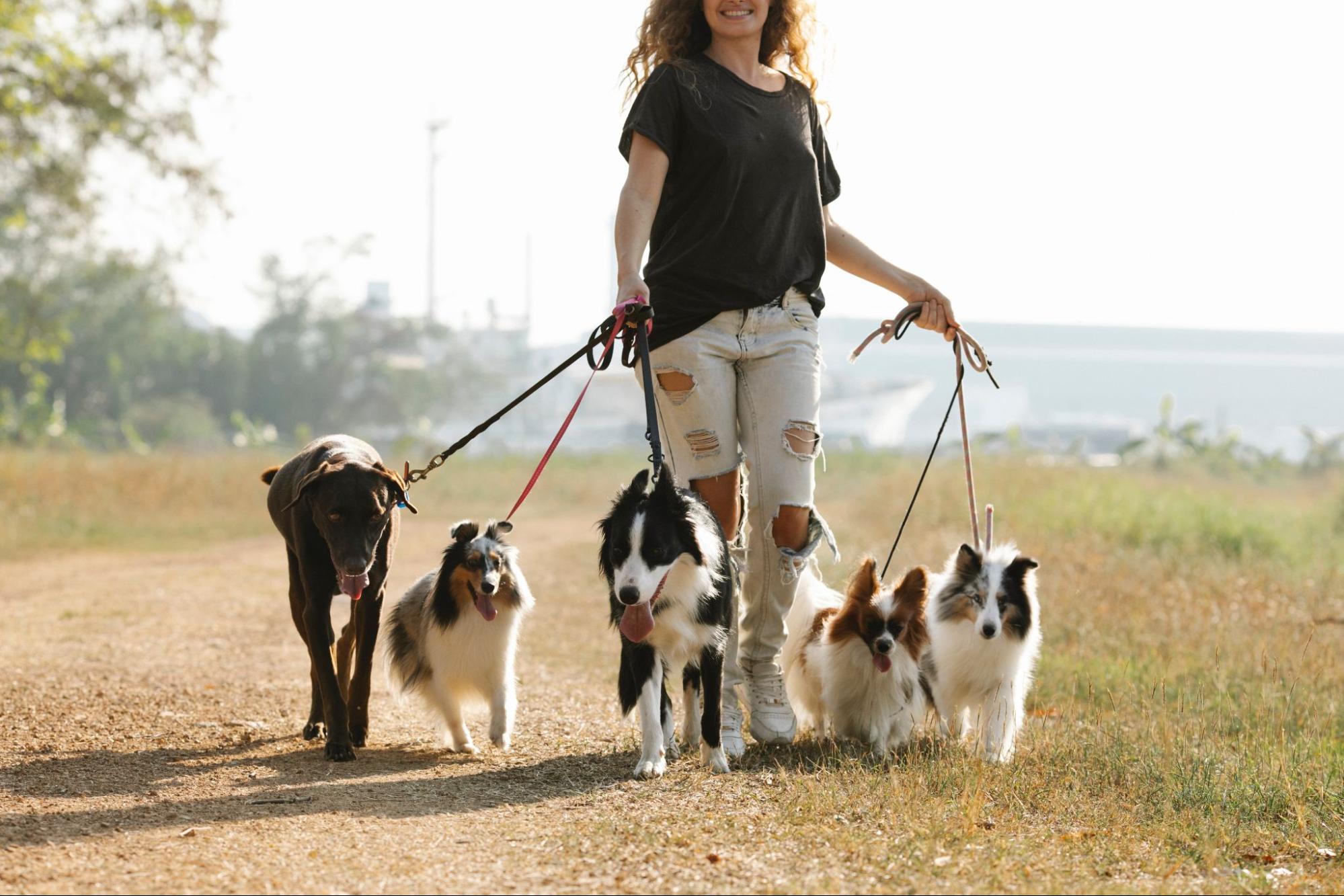How To Stop Leash Reactivity
One key aspect of addressing leash reactivity is proper training. Teaching your Labrador basic obedience commands like “sit,” “stay,” and “leave it” will provide you with better control during walks. This foundation of training establishes boundaries and helps redirect their focus away from potential triggers.
Additionally, desensitisation exercises are essential in reducing leash reactivity. Gradually exposing your Labrador to the stimuli that trigger their reactive behaviour can help them become more comfortable and less reactive over time. Start at a distance where they remain calm and gradually decrease the distance as they show progress.
Remember, patience is crucial throughout this process. Consistency in training methods and positive reinforcement will yield the best results. With dedication and perseverance, you can successfully stop leash reactivity in your beloved Labrador companion.

Understanding Leash Reactivity
Leash reactivity is a common behaviour issue that many Labrador owners face. It can be frustrating and challenging to handle, but with the right approach, it is possible to stop leash reactivity and train your Labrador to have better manners while on a leash.
What is leash reactivity?
Leash reactivity refers to a dog’s exaggerated response or overreaction towards certain triggers when they are on a leash. These triggers can include other dogs, people, bicycles, or even unfamiliar noises. When faced with these triggers, a reactive Labrador may bark, lunge, growl or display other aggressive behaviours.
Causes of leash reactivity
Understanding the underlying causes of leash reactivity is crucial in addressing this issue effectively. Some common factors that contribute to leash reactivity in Labradors include:
- Lack of socialisation: Insufficient exposure to different environments, people, and animals during their critical socialisation period can lead to fear or anxiety-based reactions when encountering new stimuli while on a leash.
- Past negative experiences: A traumatic event such as an attack by another dog or being startled by loud noises while on a walk can trigger reactive behaviour in Labradors.
- Fear or protectiveness: Some Labradors may exhibit reactive behaviour due to fear of strangers or perceived threats towards their owner.
- Frustration and excitement: Overexcitement caused by anticipation of meeting other dogs or lack of outlets for physical exercise can also contribute to leash reactivity.
Addressing leash reactivity
To address leash reactivity in your Labrador effectively:
- Positive reinforcement training: Utilise positive reinforcement techniques such as reward-based training methods to encourage desirable behaviours and redirect their attention away from triggering stimuli.
- Gradual desensitisation: Expose your Labrador gradually and systematically to the triggers that elicit reactive responses while rewarding calm behaviour. Start at a distance where your dog is comfortable and gradually decrease the distance over time.
- Manage the environment: Avoid situations that may trigger reactive behaviour whenever possible. Choose quieter walking routes, use visual barriers if needed, or walk during less busy times to minimise exposure to triggers.
- Seek professional help: If you’re struggling to manage leash reactivity on your own, consider consulting with a professional dog trainer or animal behaviourist who specialises in reactive dogs.
Remember, addressing leash reactivity requires patience, consistency, and understanding. With proper training and management techniques, you can help your Labrador overcome leash reactivity and enjoy stress-free walks together.